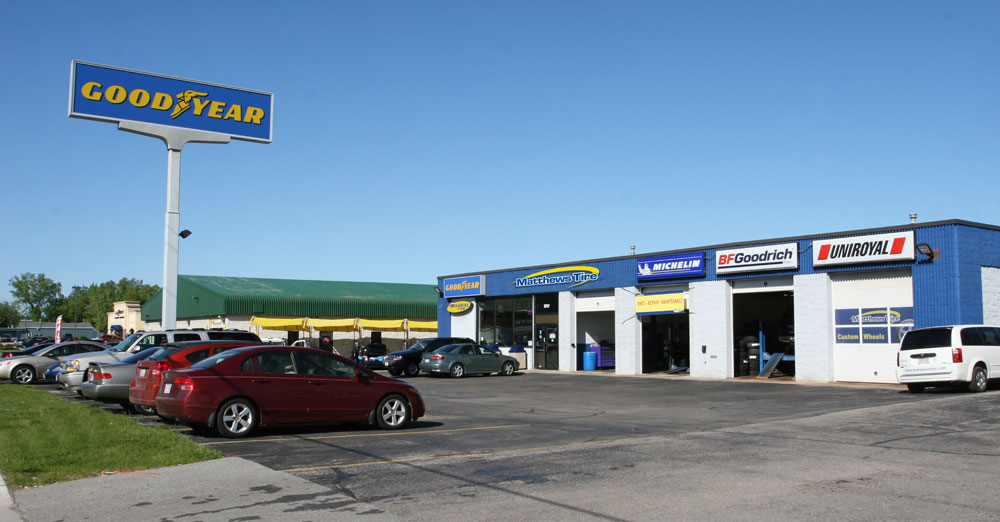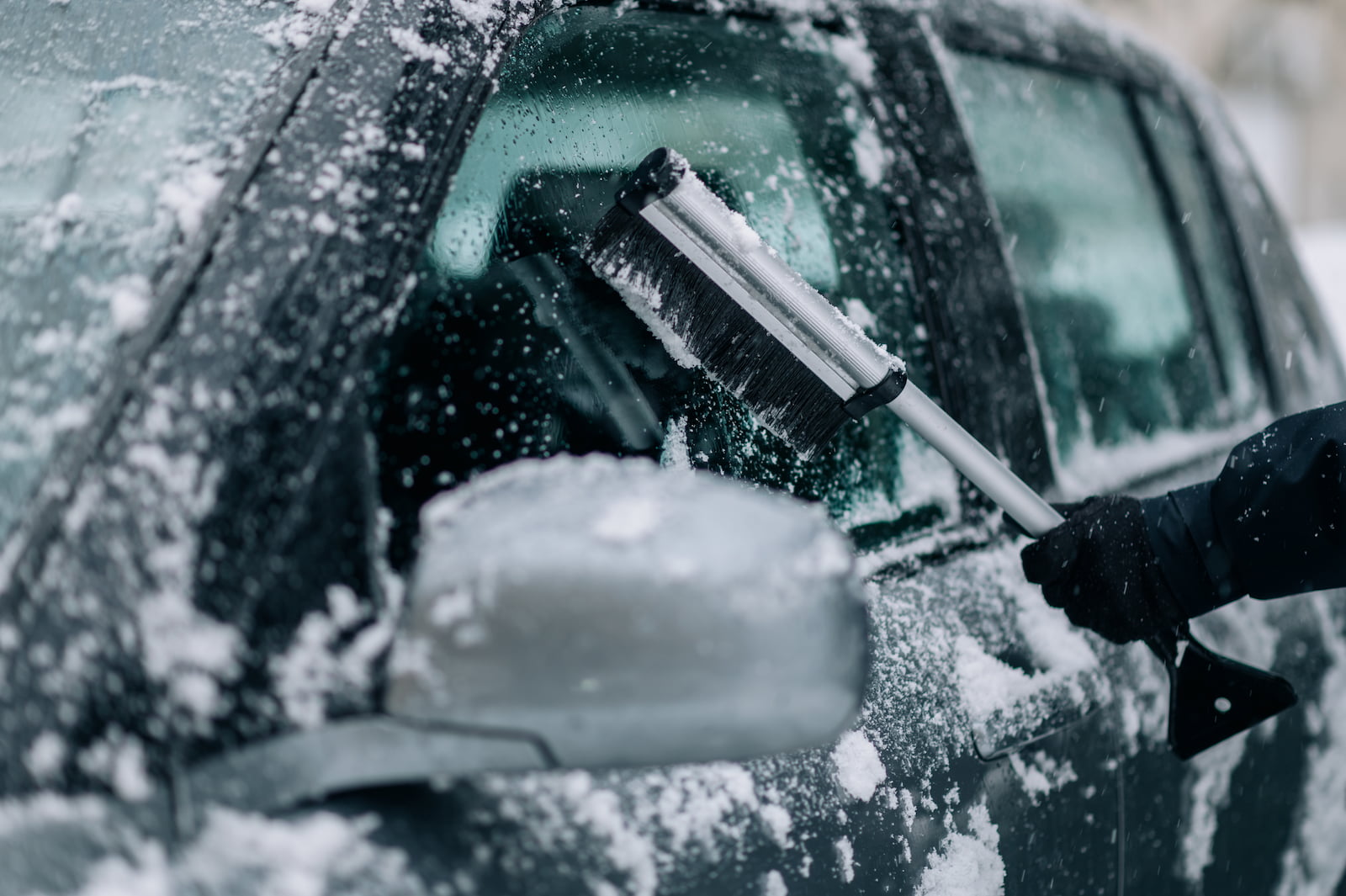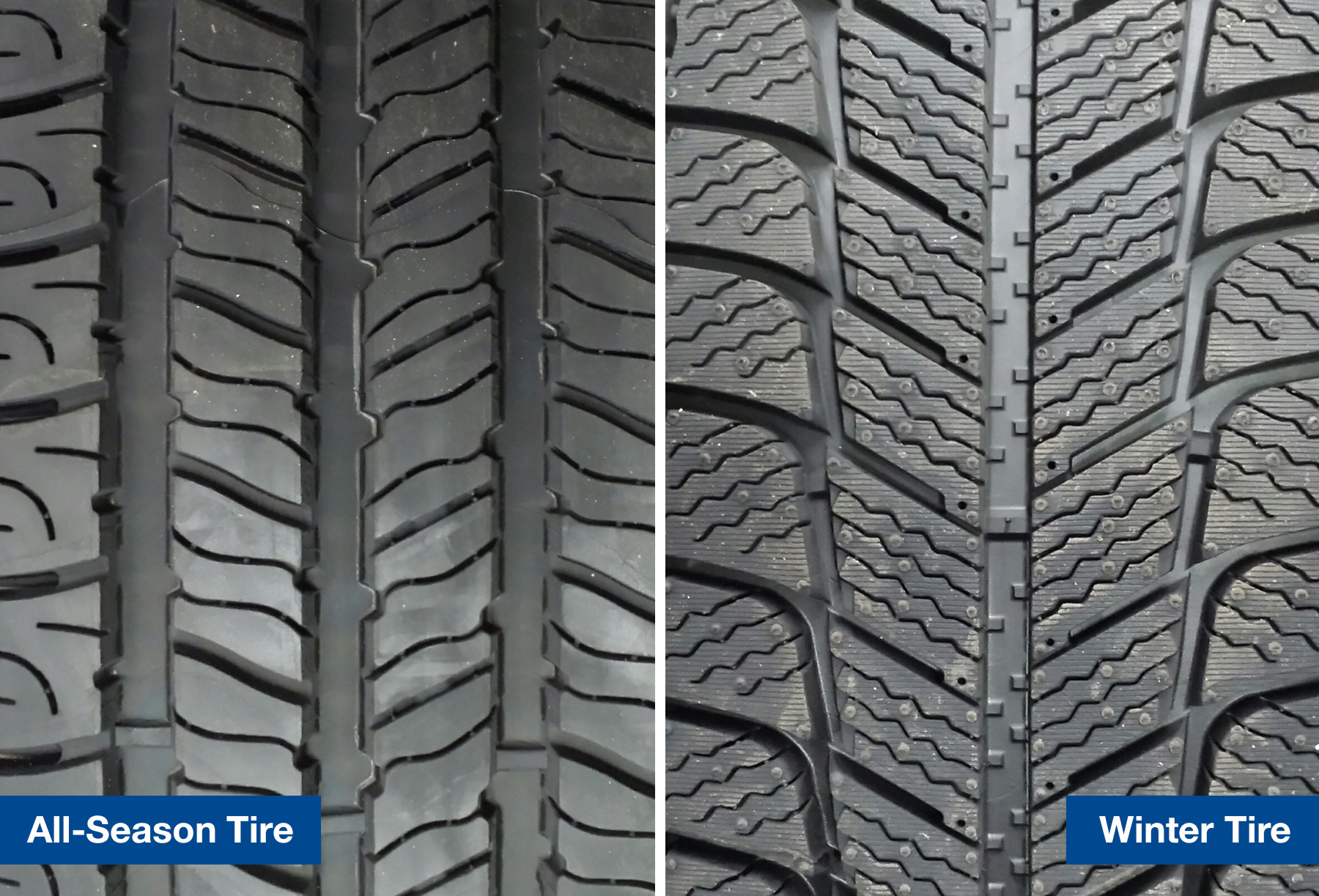In the cold weather, it’s best to let your vehicle warm up for a few minutes (if only for your own comfort). In this blog post, Matthews Tire Appleton East Manager Craig Keberlein shares a few thoughts on why warming up your vehicle also can help it to run safely through the frigid season.
Remember: Cold Slows Everything Down
When our region experiences a snap of extreme cold weather, it can be tough on our vehicles (as well as us). Think of how your own body moves in the extreme cold—slower and less flexible.
“Cold is harder on your vehicle’s batteries and fluids,” Craig explains. “The engine turns over slower, and the fluids are thicker and don’t circulate as well.”
That includes transmission fluid and engine oil, which lubricates the moving parts to reduce friction—and that helps prevent damaging wear on your engine. In older cars in particular, that friction could reduce the life of your engine. Cold also makes the engine work harder, leading to a reduction of fuel economy as well as increased emissions.
“When you’re talking about extreme cold temperatures, it can probably be helpful to allow things to warm up a bit to keep all systems working a little bit better,” Craig says.
With newer vehicles and engine oils, cold doesn’t have the impact it once did—but it definitely doesn’t hurt to let your car run for a bit, if only to make yourself a bit more comfortable on your drive. “Remote starters can be a great benefit in a cold state like Wisconsin,” Craig says.
Safety First When Warming Your Vehicle Up
Always consider safety when deciding to let your car warm up. Remote starters have the benefit of starting the car without a key, meaning you don’t need to leave your vehicle running while unlocked with the keys in the ignition—too strong a temptation for some thieves.
Newer cars with keyless entry (accessible with a code) also allow you to start your car with your key and leave it running safely.
Other concerns include fuel emissions and economy. AAA says vehicles burn about a quarter to a half a gallon of gas while idling. “Understand that you’ll be getting exactly zero miles to the gallon when you let your car warm up,” Craig says. Five or ten minutes of warmup time is usually sufficient to let your car run optimally.
Where Cold Can Cost You Money
“We’ve seen issues with power steering lines or brake lines coming apart in the cold where they pop off the metal holding them in place,” Craig says.
That can be an expensive fix, as can a battery replacement. “If you get many subzero days and your car sits outside, it’s definitely harder on batteries, and we see a lot of replacements when we’ve had cold weather for an extended period of time.”
Tires will lose pressure in the cold, and the colder it is, the more pressure they lose. “If you have a tire leak, it will be amplified when the weather’s colder, and it might be time for a replacement.”
Conclusion
When the region is experiencing particularly frigid temperatures, it’s beneficial to let your vehicle warm up for a few minutes to help ease the strain on its systems as a whole before taking it out on the road.
“You also should bring your vehicle in for regular maintenance to ensure everything is up-to-date and working optimally,” Craig says. “It can make a difference especially when the weather turns hostile.”















